Kobani, a city reborn after 'Islamic State' expulsion
-
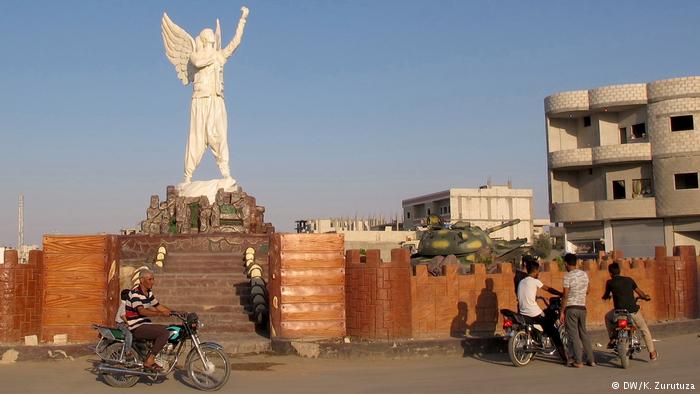
A symbol of resistance: the siege of the Syrian Kurdish city of Kobani was launched on 15 September 2014, by "Islamic State" militants. The offensive prompted a mass exodus from the town and surrounding countryside towards Turkey, though many stayed to fight the enemy. The sculpture at the entrance of the city pays homage to Arin Mirkan, a woman who ran towards an IS position and blew herself up with a hand grenade -
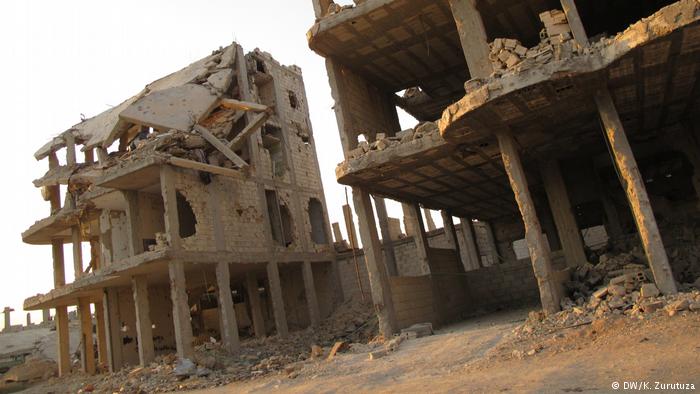
Kobanigrad: U.S.-led airstrikes helped Kurdish forces on the ground until Kobani was officially liberated on 26 January. However, 70 percent of the once-bustling city on the Turkey-Syria border was nicknamed the "Kurdish Stalingrad," or "Kobanigrad." Officials claim that 50 percent of the damaged areas have been reconstructed -
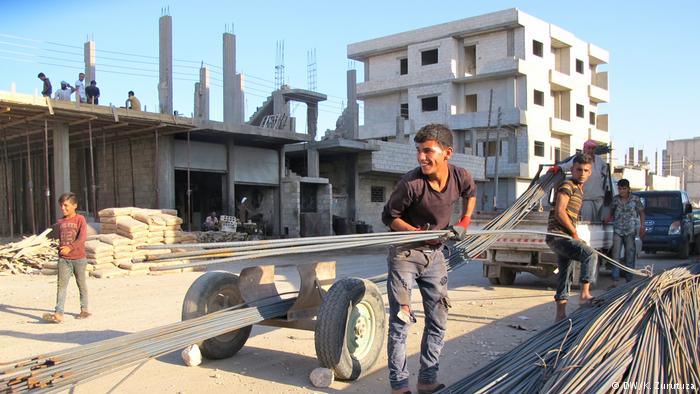
Rebuilding from scratch: despite promises from the international community to rebuild the city, local officials reveal that funds come either from the Kurdish diaspora or private donations. While Kobani's administration covers the cost of basic infrastructure such as roads and sewage, local residents have to pay an average $20,000 (€17,000) to rebuild their houses -
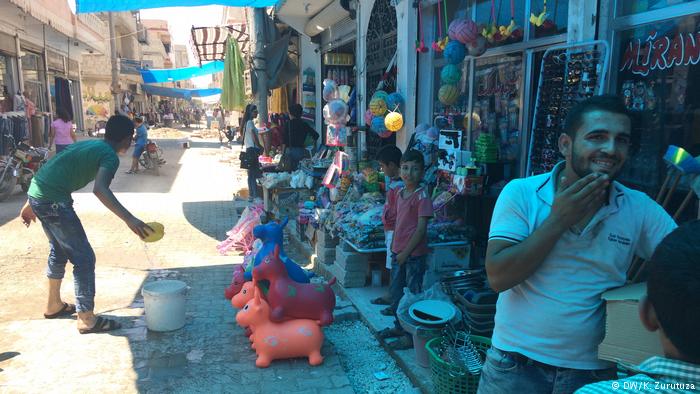
A bustling bazaar: the city's bazaar is once again a focal point for visitors and residents. Goods, however, are not as readily available as locals would like due to the embargo enforced by both Ankara and Irbil over Kurdish-controlled Syria. Such political grievances also lead to a lack of basic construction materials, which is a major obstacle for the reconstruction process -
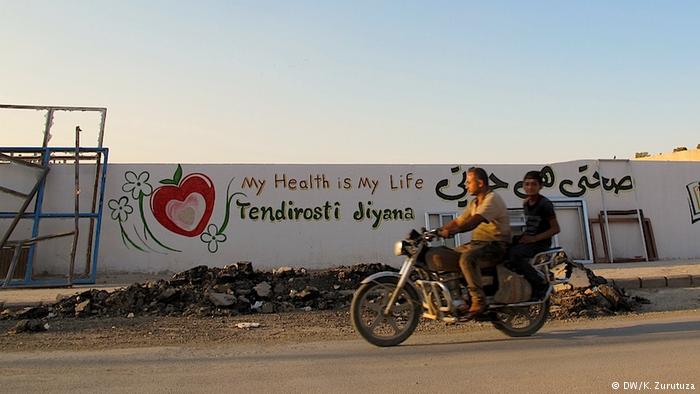
'Health is life': since the first hospital was re-opened by the Kurdish Red Crescent in 2016, two others have been added to the list. Special medical equipment has been sent by UNICEF and Doctors Without Borders, but there's a growing need for medicines as the hospitals also cater to injured people brought daily from Raqqa, where fighting between the Kurdish-led force and "Islamic State" continues -
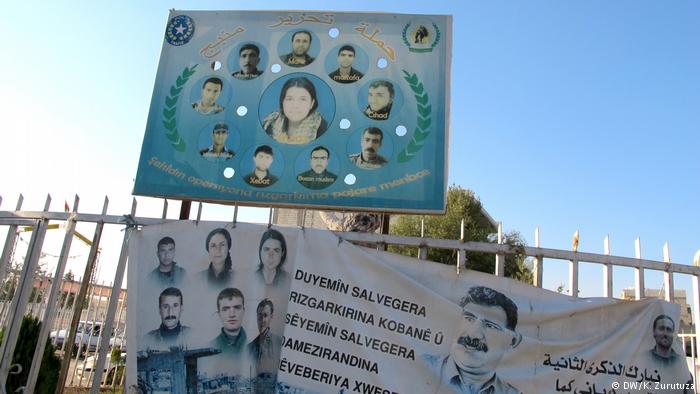
In memoriam: the city is littered with pictures showing the portraits of those men and women who died during the siege of Kobani or on other fronts. That of Abdullah Ocalan, co-founder and imprisoned leader of the Kurdistan Workers Party, is also a recurrent image in murals, banners and even uniform patches among the ranks of the Kurdish militia YPG -
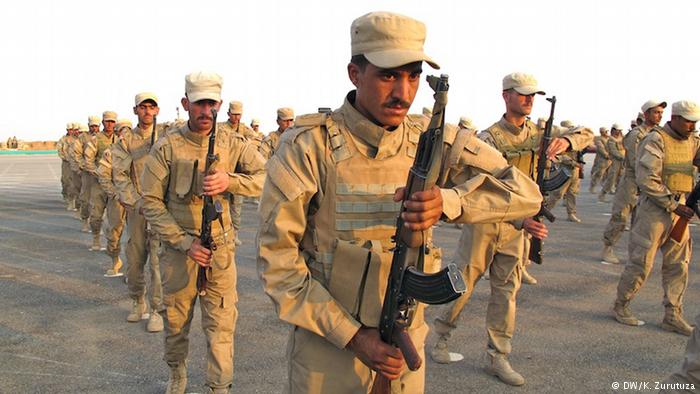
The war is far from over: although security has improved dramatically over the last three years, many still join the ranks of the Syrian Democratic Forces, the U.S. backed multi-ethnic force which is fighting "Islamic State" in its last Syrian strongholds. "I was too young to fight in 2014 but, at 18, I can no longer skip my obligations," says soldier Heval Sipan -

My ruin, my house: many of those who cannot afford to pay for their houses to be rebuilt still struggle to survive in the rubble, with neither running water nor electricity. Three years after the siege, much of the debris has yet to be removed -

Dreaming of rubble: there are also those who cannot even return to the rubble of their former houses and remain stranded in this refugee camp outside Kobani, which hosts 50 families. "I'd be more than happy if I could just get the money to rebuild a room for my family," admits Idris Sheikh, a father of ten
https://qantara.de/en/node/28639
Link
To all image galleries